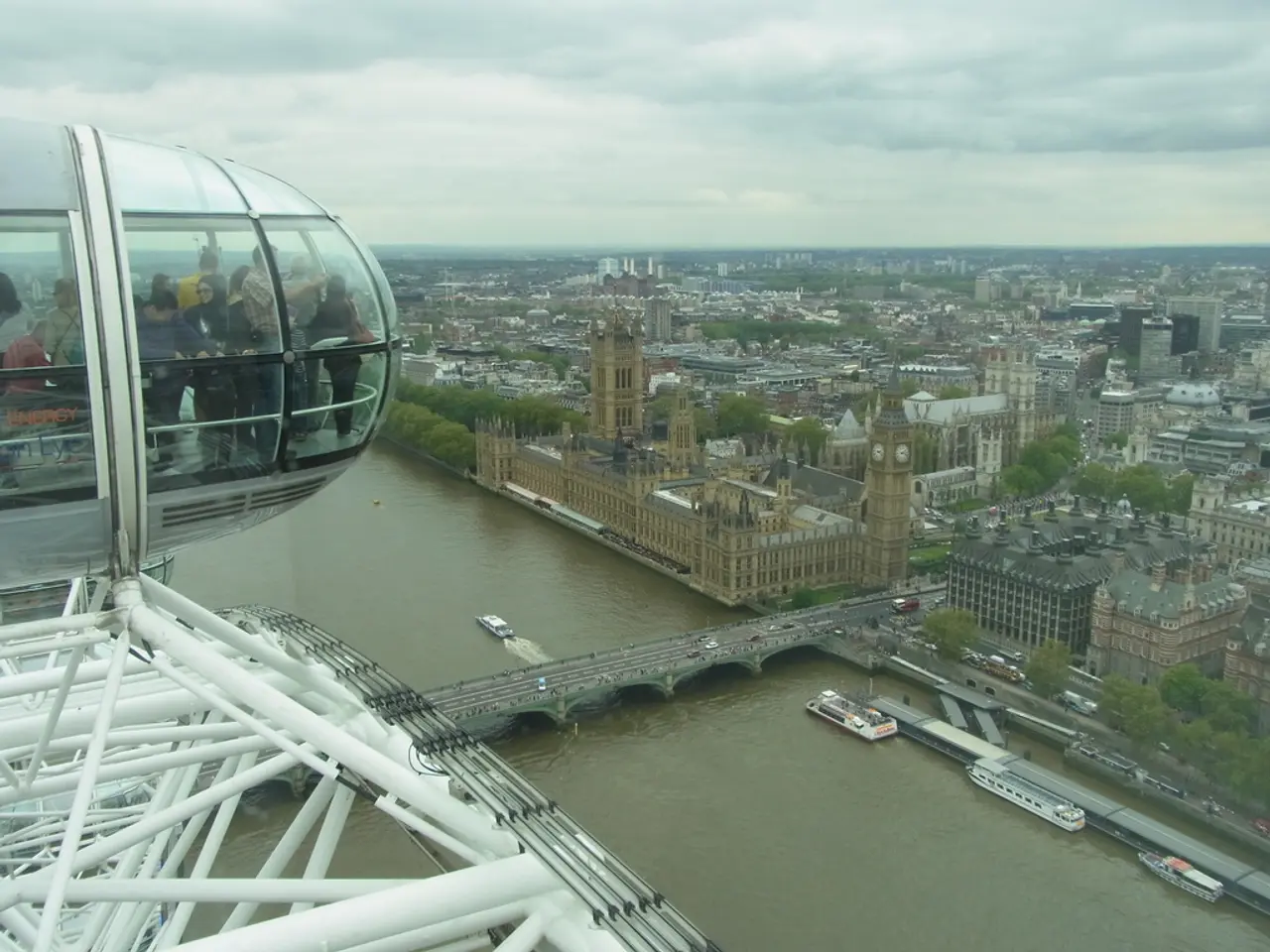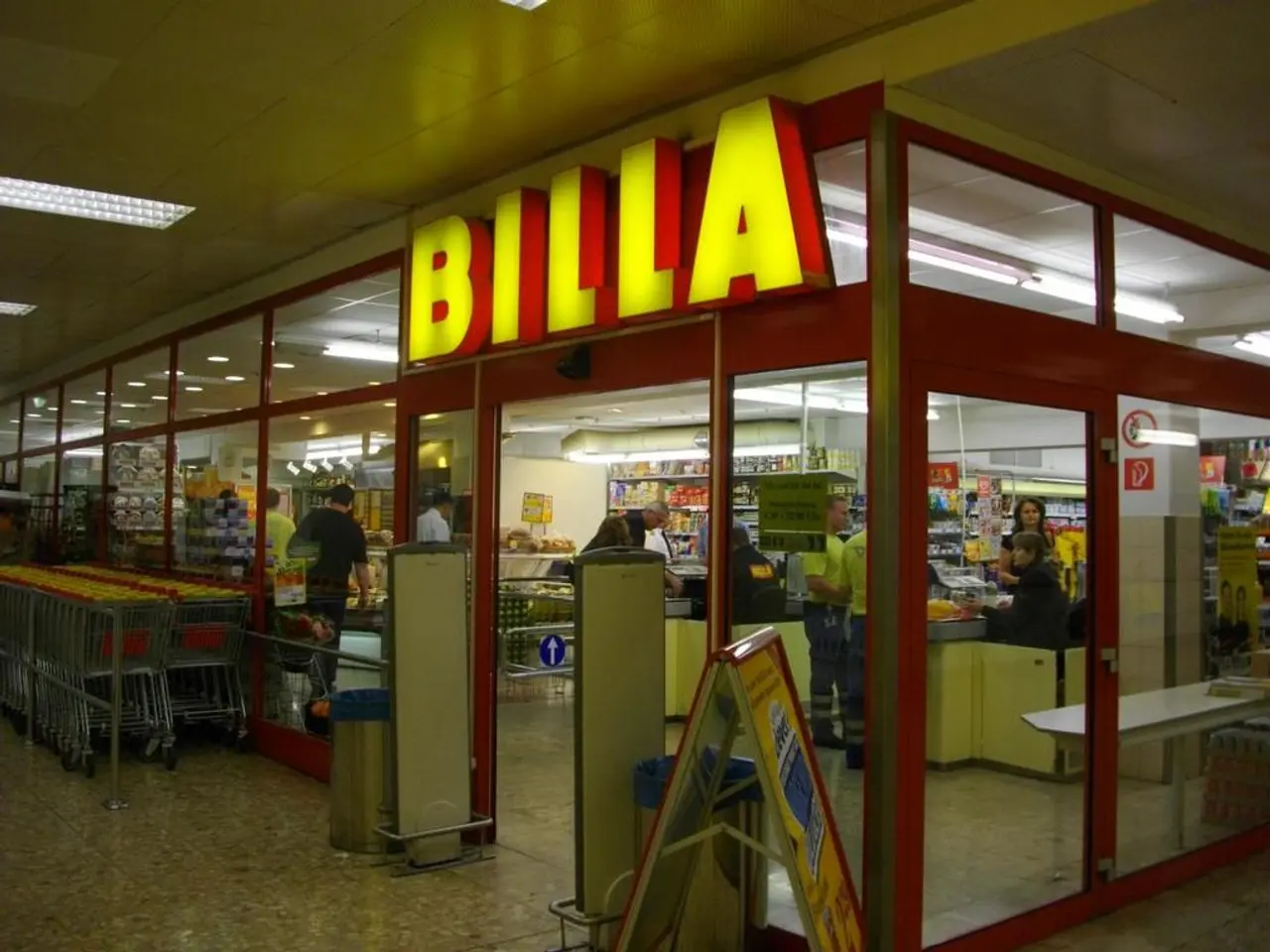Retreat in green hydrogen production could jeopardize goals for reduced emissions
In the pursuit of a greener future, the transition to green hydrogen for hard-to-electrify industries like steelmaking and long-distance transportation has proven to be a costly endeavour. A multitude of challenges contributes to its uncompetitiveness, resulting in several large companies trimming spending or shelving green hydrogen projects across Europe, Asia, Australia, and beyond.
The high costs of green hydrogen production stem from several interrelated challenges. Soaring production costs are driven by the reliance on electrolysis powered by renewable electricity, which remains expensive compared to fossil fuels. This, in turn, significantly drives up operational costs.
Another hurdle is the high capital costs associated with electrolyzer equipment, renewable energy infrastructure, and related facilities. The substantial upfront investment makes early projects financially risky and less attractive to investors.
Moreover, the lack of mature, large-scale hydrogen storage, distribution, and refueling infrastructure limits the ability to supply green hydrogen consistently and cost-effectively. This increases logistical complexity and costs.
Many projects also face weak demand or uncertain markets, particularly in hard-to-electrify sectors. This discourages scale-up and economies of scale essential for cost reduction.
Regulatory and market barriers further complicate matters. The removal or loss of tax credits and subsidies, complex permitting and certification delays, and inconsistent policy frameworks add financial and timeline hurdles that raise project costs.
Supply chain challenges also play a role, with delays and cost increases in obtaining critical components for electrolyzers and related technologies hindering project timelines and inflating expenses.
Competition from alternatives like blue hydrogen (from fossil fuels with carbon capture) and other low-carbon fuels further reduces the commercial viability of green hydrogen, necessitating further cost reductions or stronger policy support.
These combined factors have led to numerous global postponements and cancellations of green hydrogen projects. Addressing these challenges requires advances in electrolyzer technology, expanded renewable energy deployment at low cost, strategic infrastructure investment, policy stability, and market development to enable scale and cost competitiveness.
Despite these challenges, countries like Australia, Britain, Germany, and Japan have announced ambitious investment strategies to bring down green hydrogen costs and create a profitable sector. However, according to Jun Sasamura from Westwood Global Energy, only about a fifth of planned hydrogen projects across the European Union are likely to come online by the end of the decade.
Miguel Stilwell d'Andrade, chief executive of Portuguese power company EDP, described green hydrogen as an "inflated expectation that has turned into a valley of disillusionment." EDP has several green hydrogen projects in advanced stages but cannot move forward due to a lack of buyers, according to Ana Quelhas, EDP's hydrogen chief and co-chair of the European Renewable Hydrogen Coalition.
Emma Woodward from Aurora Energy Research stated that there are more commercially viable alternatives for many sectors, and less hydrogen may be needed than initially expected. Minh Khoi Le, Rystad Energy's head of hydrogen research, mentioned that green hydrogen production is currently at least three times more expensive than natural gas for power generation.
However, there is hope on the horizon. Costs for green hydrogen could potentially fall by 30-40% in 10-15 years if equipment prices decline and the broader supply chain scales up, according to Minh Khoi Le. Iberdrola, a Spanish company, has shelved plans to increase capacity at a green hydrogen plant until it finds buyers for additional output.
In conclusion, the current technical, economic, infrastructural, and policy challenges collectively keep green hydrogen costly and uncompetitive, hindering its widespread adoption for sectors where electrification is difficult. For more updates on the latest news shaping the hydrogen market, visit our website.
- Green hydrogen production is expensive due to the costly nature of electrolysis powered by renewable energy, which remains pricier than fossil fuels.
- Large capital costs associated with electrolyzer equipment, renewable energy infrastructure, and related facilities contribute to the high initial investment for green hydrogen projects.
- The absence of mature, large-scale hydrogen storage, distribution, and refueling infrastructure increases logistical complexity and costs, limiting consistent and cost-effective supply.
- Weak demand or uncertain markets, particularly in hard-to-electrify sectors, discourages scale-up and economies of scale, which are necessary for cost reduction.
- Regulatory and market barriers, such as the loss of tax credits, complex permitting delays, and inconsistent policy frameworks, add financial and timeline hurdles for green hydrogen projects.
- Competition from alternatives like blue hydrogen and other low-carbon fuels compound the commercial viability issues for green hydrogen, necessitating further cost reductions or stronger policy support.




